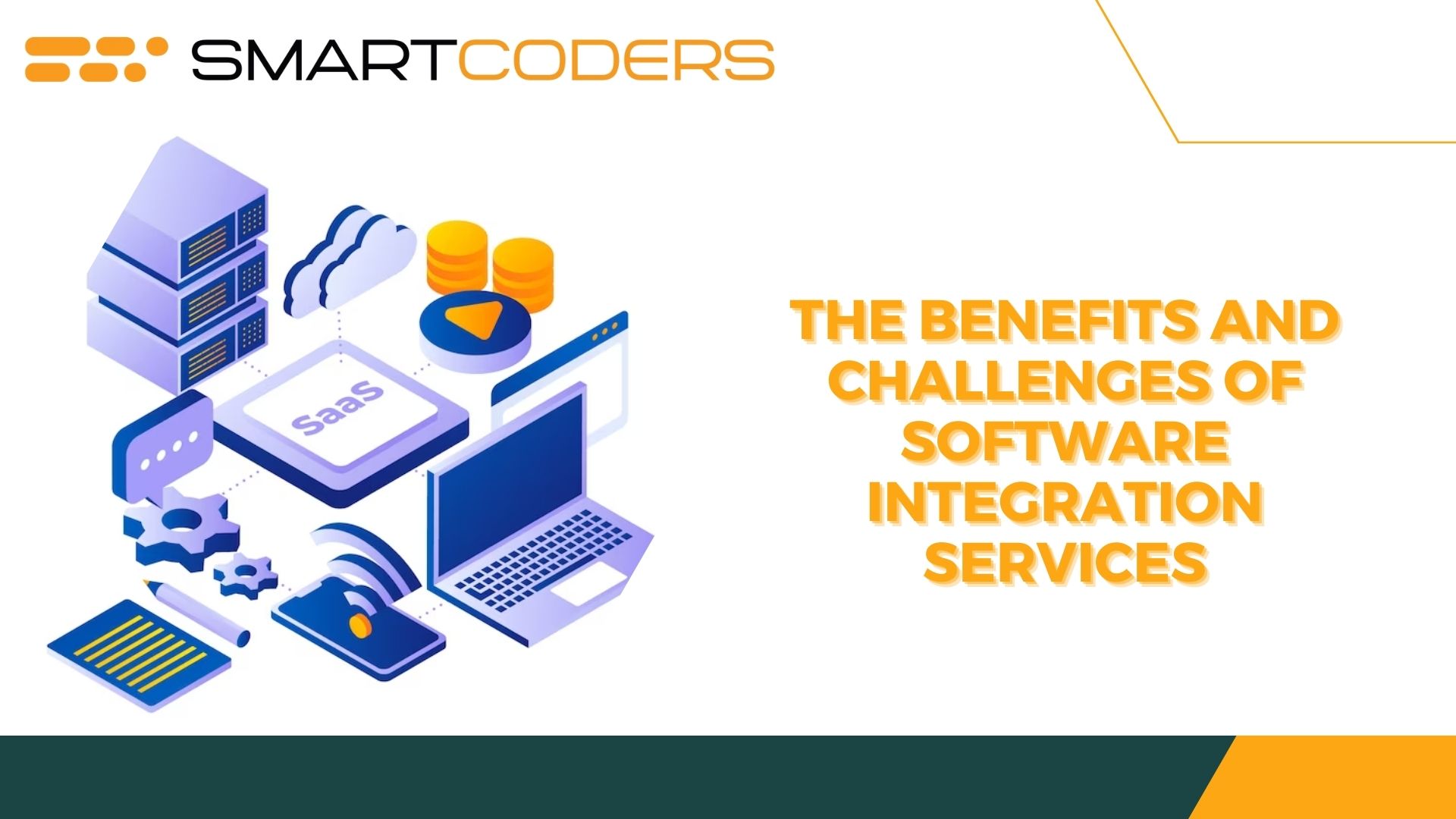Software integration, a process involving the pairing of various software systems to work together as one cohesive unit, is becoming increasingly fundamental in our technology-driven era. A large number of businesses and organizations have started to recognise its value. Official insights confirm this trend: Forrester Research speculates that IT spending on integration will hit $500 billion by 2021. While the benefits are considerable, however, such services do have a few challenges. The purpose of this paper is, therefore, to provide a comprehensive examination of the risks and rewards of software integration services.
A Deeper Understanding of Software Integration
Before digging into the advantages and pitfalls of software integration, it is crucial to fully comprehend what it is. Software integration denotes the procedure of unifying disparate subsystems into a single unified system. Essentially, it transforms separate, standalone applications into a cohesive and synchronized system where data flows smoothly amongst all the parts.
For instance, consider an e-commerce business. They may employ software applications such as an order management system, a customer relationship management (CRM) system, and an inventory management system. By employing software integration, these systems talk to each other and streamline the process. When a customer places an order, the data is automatically updated and visible across all applications.

Identifying the Benefits
Software integration, when done right, offers a wide range of benefits.
A Unified View: Integrated software provides a centralized and holistic panorama of business processes. It enables real-time information flow, leading to better decision-making.
Efficiency: Manual data entry is not only time-consuming but also prone to errors. Integrated software overcomes this by automating the process, inherently increasing the efficiency.
Cost-Effective: While the initial cost of integrating software may be high, in the long run, it pays off by reducing labor costs, minimizing data errors, and fostering efficiency.
Boost in Customer Service: With an integrated system, customer service becomes quicker and better-attuned as customer details and histories can be accessed across applications.
Examining the Challenges
However, software integration is not without challenges.
Complexity: Every software is distinct with unique functionalities and interfaces. Getting disparate systems to communicate smoothly can be a complex task.
Training and Change Management: Introducing a new system can face resistance from employees. Adequate training and a robust change management approach are required to ensure a smooth transition.
Security Concerns: Integration can potentially increase security risks, especially in cases of third-party integrations. Hence, businesses must have a strong security setup in place.
Conclusion
In conclusion, while software integration comes with its own set of challenges, the benefits it offers are simply too significant to ignore. Its potential to transform business operations, enhance efficiency, and improve customer service can be a key differentiator in today's competitive business environment. Thus, as suggested by Marc Andreessen, "Software is eating the world," and indeed, integrated software services are at the forefront of this revolution. Therefore, recognizing the importance of software integration and consciously investing in it is no longer simply a business strategy - it's a necessity for survival and growth.

No comments yet